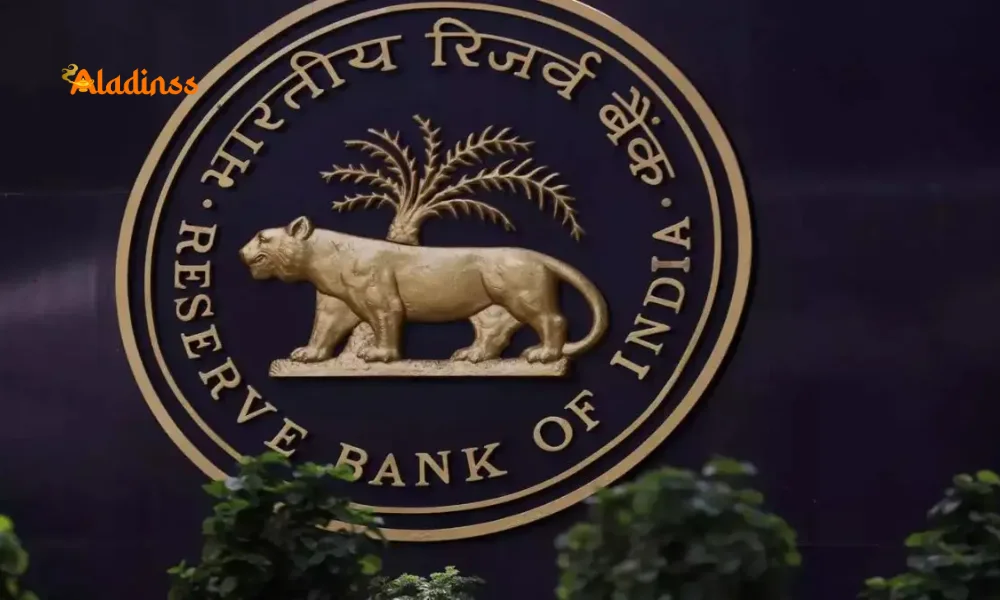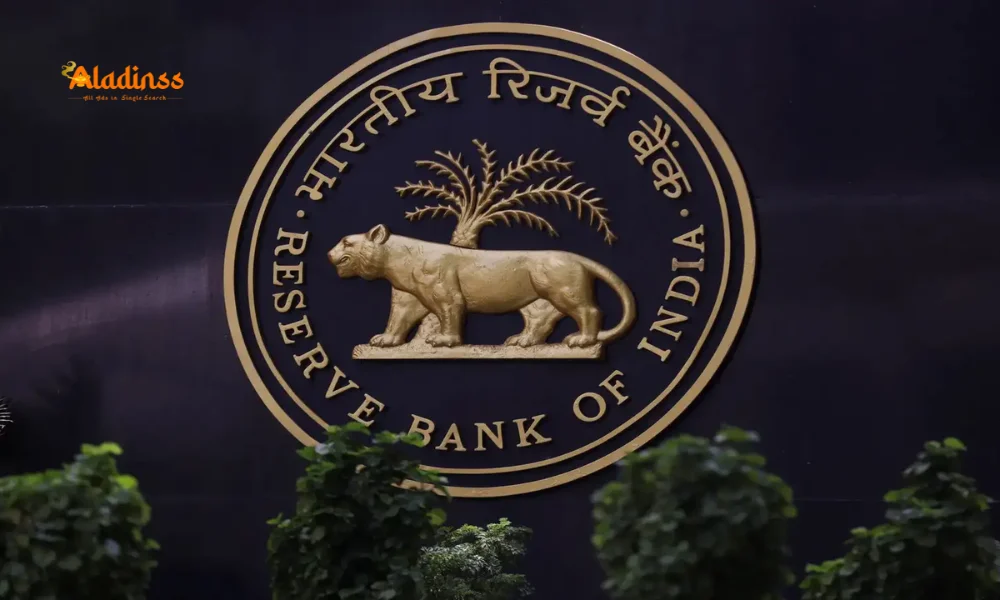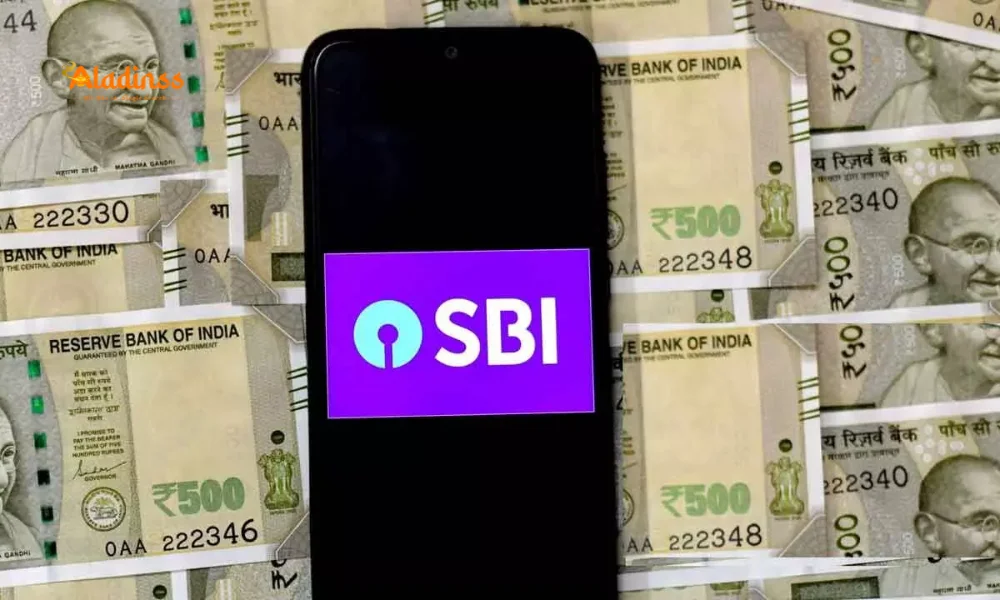Retirement Planning India How Much Save Invest Timeline Guide

Retirement Planning in India: How Much to Save, Where to Invest & What Timeline to Follow
With life expectancy rising to 75+ years and medical inflation at 14% annually, retirement planning in India is no longer optional it’s survival. Most Indians underestimate the corpus needed, assuming ₹1 crore suffices. Reality: a 60-year-old couple requires ₹2.5–₹4 crore today to maintain lifestyle for 25+ years. This guide reveals exactly how much to save for retirement, best investment avenues, and a decade-wise timeline to build wealth stress-free.
Start early ₹500 monthly at age 25 grows to ₹2 crore by 60 via compounding. Delay to 35, and you need ₹3,000 monthly for the same goal. From PPF to equity mutual funds, NPS to real estate, every instrument plays a role when aligned with risk and timeline.

Government schemes offer guaranteed returns; markets deliver inflation-beating growth. Blend both using the 50-30-20 rule: 50% safe, 30% growth, 20% flexible. Follow this blueprint to retire rich, not just retire.
Step 1: Calculate Your Retirement Corpus
Use the 25x rule: multiply current annual expense by 25. Example: ₹60,000 monthly (₹7.2 lakh yearly) needs ₹1.8 crore. Adjust for inflation expense doubles every 10 years at 7%. A 30-year-old planning for age 60 must target ₹6–8 crore if spending ₹1 lakh/month today.
Factor post-retirement costs: healthcare (₹2–3 lakh/year), travel, hobbies. Assume 70% of pre-retirement expense continues. Use online calculators input age, expense, inflation (7%), returns (8–10%), life expectancy (85). Goal: corpus lasts 25–30 years.
Safe withdrawal rate: 4% annually. ₹3 crore corpus gives ₹1 lakh/month (₹12 lakh/year). Include pension, rental income to reduce corpus need. Reverse calculate monthly SIP using future value formula.
Step 2: Decade-Wise Retirement Timeline
Age 20–30: Build the Foundation
- Start SIP ₹2,000–₹5,000 in equity mutual funds
- Open NPS account (₹50,000/year for tax saving)
- Buy term insurance (10x annual income)
- Create emergency fund (6 months expense)
- Avoid lifestyle inflation save 20% of income
Age 30–40: Accelerate Growth
- Increase SIP by 10% annually
- Maximize Section 80C (₹1.5 lakh via ELSS, PPF)
- Invest bonus in mid-cap funds
- Buy health insurance (₹25 lakh cover)
- Start real estate down payment
Age 40–50: Consolidate Wealth
- Shift 20% equity to debt
- Build rental income portfolio
- Top-up NPS voluntarily (₹50,000 extra deduction)
- Plan children’s goals separately
- Review portfolio yearly
Age 50–60: Preserve Capital
- Move to 60% debt, 40% equity
- Start SWP from mutual funds
- Annuity purchase at 60
- Clear all loans
- Will and succession planning
Best Retirement Investment Options
1. Equity Mutual Funds (12–15% returns)
Best for 10+ year horizon. Large-cap for stability, flexi-cap for growth. SIP ₹10,000/month at 12% for 25 years = ₹1.9 crore. Use step-up SIP. Tax: LTCG 12.5% above ₹1.25 lakh.
2. National Pension System (NPS) (9–11% returns)
60% equity exposure till 50. ₹50,000 extra deduction u/s 80CCD(1B). Mandatory annuity (40% corpus). Low cost (0.01% expense). Ideal for salaried.
3. Public Provident Fund (PPF) (7.1% guaranteed)
15-year lock-in, extendable. EEE tax benefit. ₹1.5 lakh/year for 15 years at 7.1% = ₹40 lakh. Safe but low growth use for debt portion.
4. Senior Citizen Savings Scheme (SCSS) (8.2%)
For 60+ years. ₹30 lakh limit. Quarterly interest. Taxable but TDS only if interest >₹50,000. Perfect for regular income.
5. Real Estate & REITs
Rental yield 3–5%, capital appreciation 8–10%. REITs offer liquidity, 7–9% dividend. Diversify avoid over-allocation.
Sample Retirement Portfolio Allocation
- Age 30: 80% Equity (MF+NPS), 15% Debt (PPF), 5% Gold
- Age 40: 70% Equity, 25% Debt, 5% Gold/REIT
- Age 50: 50% Equity, 40% Debt, 10% Liquid
- Age 60: 30% Equity, 60% Debt/Annuity, 10% Cash
Rebalance annually. Shift 2–3% from equity to debt each year after 45. Use bucket strategy: short-term (FD), medium (debt funds), long-term (equity).
Tax Planning for Retirement
Maximize deductions:
- Section 80C: ₹1.5 lakh (ELSS, PPF, insurance)
- Section 80CCD(1B): ₹50,000 (NPS)
- Section 80D: ₹25,000 health insurance
- Section 80TTB: ₹50,000 interest (seniors)
Post-retirement: annuity taxable, SWP from MF has indexation benefit till 3 years. Use new tax regime if deductions low. Plan withdrawal sequence: debt first, equity last.
Common Retirement Planning, Mistakes to Avoid
- Starting after 40 misses compounding
- 100% in real estate illiquid, high maintenance
- No health insurance medical emergency wipes corpus
- Stopping SIP during market crash
- Mixing child education and retirement goals
- Ignoring inflation 7% eats 50% value in 10 years
Review plan every 3 years. Increase SIP with salary hike. Automate investments. Teach children financial discipline your retirement isn’t their burden.
Retirement Income Streams to Create
- Pension: NPS annuity + EPF
- Rental: 2–3 properties in Tier-2 cities
- Dividend: High-dividend stocks/REITs
- SWP: Debt funds for regular cash flow
- Part-time: Consulting, teaching
Aim for 7–8% post-tax return in retirement phase. Keep 2 years expense in liquid funds. Use SCSS, POMIS for monthly income. Diversify across 5+ streams.
Final Retirement Checklist
- Corpus calculation done
- SIP automation set
- NPS + PPF active
- Health cover ₹25 lakh+
- Emergency fund ready
- Will drafted
- Nomination updated
The best time to start retirement planning was yesterday. The next best is today. ₹1,000 monthly at 25 becomes ₹2 crore by 60. Delay costs crores. Act now your future self deserves financial freedom.
Share this timeline with family. One SIP today secures decades of peace tomorrow. Retire not just alive, but thriving.
Comment / Reply From
No comments yet. Be the first to comment!









